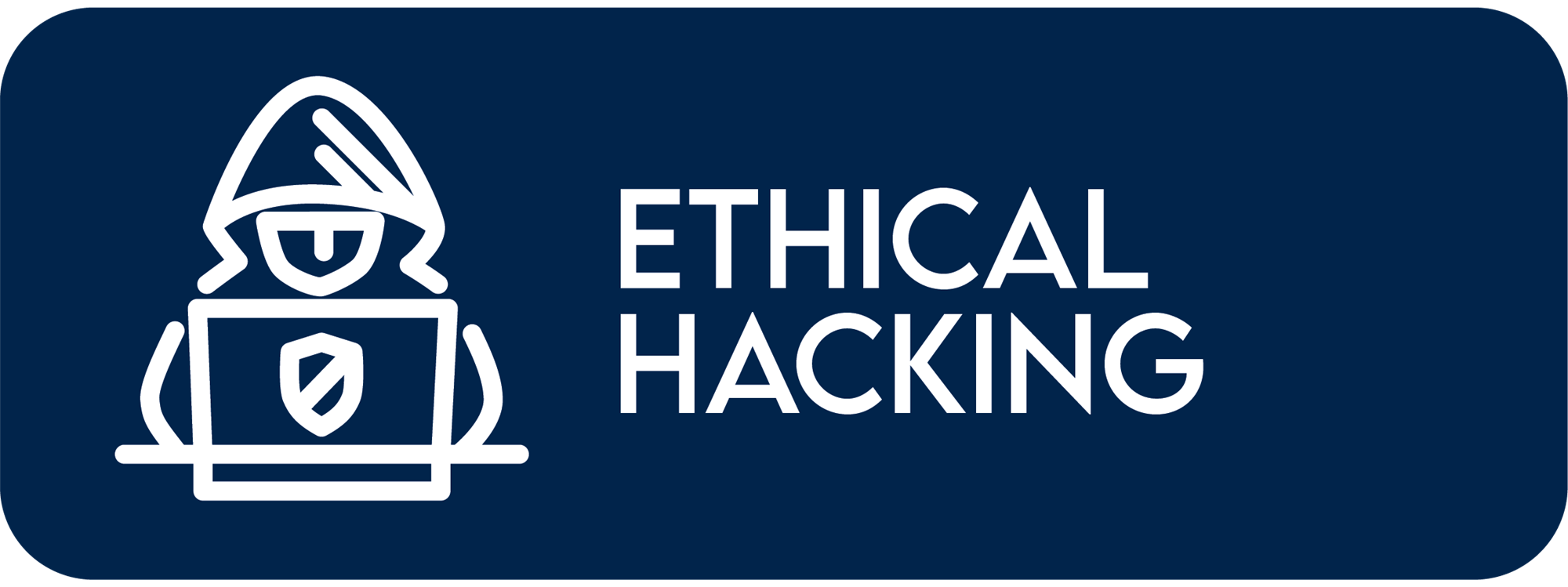Thanks to the advent of ethical hacking, identifying several vulnerabilities against thefts, malicious threats, or cyber-attacks is as smooth as a cakewalk now. By enrolling yourself in these ethical hacking classes, you can now tap into the world of cybersecurity and contribute from your end. These practices will enable you to prevent the bad guys from causing data breaches. For more information on ethical hacking, all you need to do is check out this article at a quick glance. Stay tuned till the end for more information.
What Will You Learn in Ethical Hacking Classes?
Check out the list of ethical hacking topics stated below in this article right away:
- Introduction to Ethical Hacking
- Kali Linux Basics
- Expertizing Anonymization
- Proxies and VPN
- Browsing Deep Web and Dark Web using Tor
- Information Gathering
- Network Scanning
- Port Scanning
- DNS Enumeration
- Password Cracking
- Vulnerability Identification
- Introduction to Metasploit Framework
- Hacking Windows Operating System using Metasploit
- Hacking Linux Operating System using Metasploit
- Privilege Escalation
- Creating Backdoors for Windows and Linux
- Sniffing
- Social Engineering
- Denial of Service Attack
- Session Hijacking
- Web Server Hacking
- Web Page Defacement
- Web Application Attacks
- SQL Injection
- Wifi Hacking
- Mobile Hacking
- IoT Hacking Techniques
- Cryptography Basics
- Steganography
- Firewall Configuration
- Setting up an Intrusion Detection System
- Honeypots
What Are the Five Stages of Ethical Stages?
Go through the five stages of ethical hacking at a quick glance:
- Reconnaissance
In the first step, the professional, ethical hacker needs to collect information that is related to the target system. They use a wide range of tools, thus scouting web services, search engines, DNS, social network sites, networks, email etc.
- Scanning
Here, the ethical hacker needs to grab more details about the devices and network, including protocols, open ports, hosts, services and live servers.
- Gaining Access
This step is the most critical one. Here, the hacker tries to gain access to various hosts, networks, applications or devices that are based on the vulnerabilities identified in the scanning stage.
- Maintaining Access
In order to maintain access to the devices, ethical hackers feel the need to install trojans, keyloggers or spyware.
- Clearing Tracks
It is nothing but a POC or Proof of Concept to verify whether the hackers are capable of emulating the scenarios, thus remaining undetected.
What Are the Three Types of Ethical Hackers?
Check out the three types of ethical hackers stated below in this article:
- White Hat Hackers
These ethical hackers are mainly responsible for identifying hardware and software vulnerabilities, security flaws and operational inefficiencies.
- Black Hat Hackers
Black hat hackers are cyber criminals who tend to steal data and information from an organization or individual.
- Grey Hat Hackers
Grey hat hackers are capable of performing both black hat and white hat activities. By taking contracts, they assist an organization in upgrading its security.
To Conclude
These are some of the information about a professional, ethical hacker. By enrolling yourself in this well-reputed course, you will get exposed to excellent pay scales in no time.


